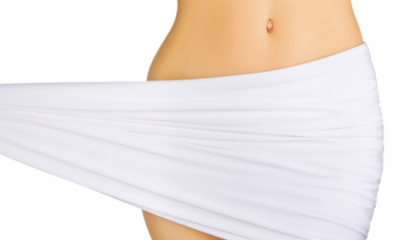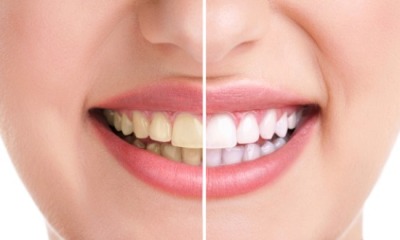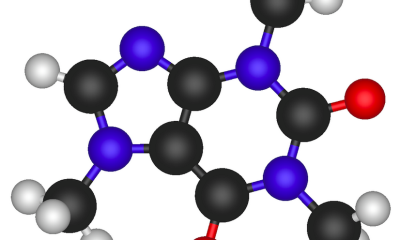Health
Tooth Paste-Ensures Your Sound Dental Health
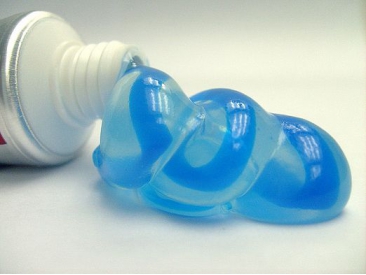
Try to guess, what question does the dentists asked more often? And it is a question about the tooth-pastes. Using the correct toothpaste for your teeth is vital and ensures your sound dental health. Ideal tooth-paste should have set of properties, for example, effectively delete a touch and prevent its formation, should raise a fortress of tooth enamel, influence gums positively, bleach teeth and so on, but such a paste does not exist. A problem is that one paste cannot have at once all the useful properties, and that all arsenal of these properties is not always necessary. One person suffers from caries, another is exasperated with a scale accruing with improbable speed, and the third cannot brush teeth at all because his gums start to bleed strongly, and it seems that he is a vampire. So, it is best to select toothpaste that is as per your need and requirement. In case you are still confused about the same, best is to consult a dentist for the same.

Different pastes are created for the different purposes, conditionally they can be divided into 4 groups: hygienic, treatment-and-prophylactic, medical and bleaching – explain dentists in South Dakota. We will try to describe each group in details, stopping on a problem from which the given group struggles, which will help readers to make their choice more conveniently.
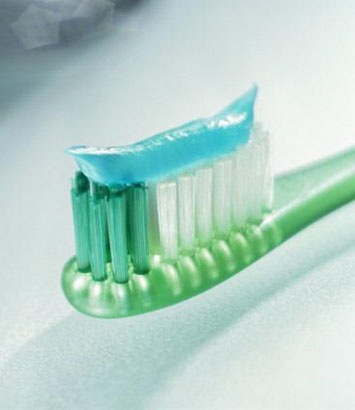
The first group of pastes is hygienic. These are pastes which do not struggle with anything, their purpose is to freshen a mouth. Children’s pastes belong to this group, but only those which structure does not include fluorine. The matter is that small children are not able to rinse a mouth very well and they swallow some part of the tooth-paste, and substances very useful to the teeth can appear toxic at their daily application, inside the body. Therefore for children under 5 years it is recommended to use ‘special children’s pastes’ with the low maintenance of fluorine or without it (if you have a small child, then it’s better to consult the local dentist as a lot depends on potable water structure). Besides children’s pastes, polishing pastes are considered hygienic as they contain abrasive substances. Certainly, division into groups is very relative. In practice, it is very hard to draw a distinction between hygienic and treatment-and-prophylactic pastes. Consulting a dentist or purchasing from a drug store, the pharmacist can help you.
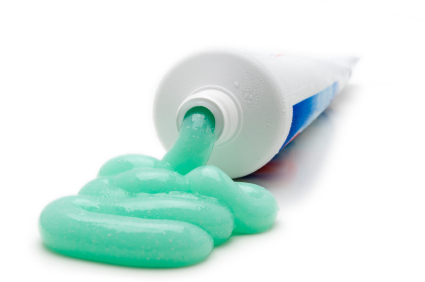
Pastes whose structure includes the substances helping to prevent the maintenance of caries and a periodontosis belong to the treatment-and-prophylactic, these are, for example, fluorine, calcium connections, antibiotics. It is the most extensive group, actually 90 % of the tooth-pastes presented in the market, are concentrated here. To give any special advice is difficult, the choice is great, properties of the pastes are similar, everyone leans against the sensations and sympathies, and there is not a lot of concrete information on this topic.
The information is provided by the group of dentists from Maryland State http://dentalprofy.com/dentists/maryland. They can give the people advise on which kind of toothpaste is best as per their teeth and their requirement, be it fluoride or any other.
-

 Tech11 years ago
Tech11 years agoCreating An e-Commerce Website
-

 Tech11 years ago
Tech11 years agoDesign Template Guidelines For Mobile Apps
-

 Business6 years ago
Business6 years agoWhat Is AdsSupply? A Comprehensive Review
-

 Business10 years ago
Business10 years agoThe Key Types Of Brochure Printing Services
-

 Tech8 years ago
Tech8 years agoWhen To Send Your Bulk Messages?
-

 Tech5 years ago
Tech5 years ago5 Link Building Strategies You Can Apply For Local SEO
-

 Law5 years ago
Law5 years agoHow Can A Divorce Lawyer Help You Get Through Divorce?
-

 Home Improvement6 years ago
Home Improvement6 years agoHоw tо Kеер Antѕ Out оf Yоur Kitсhеn






